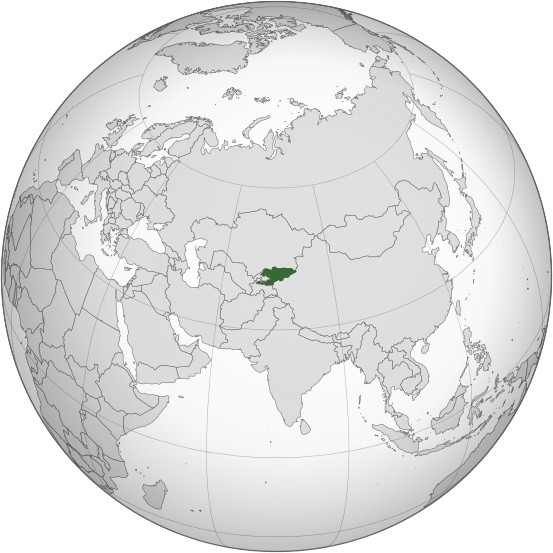The external debt of Kazakhstan has reached $161.9 billion, an increase of $1.3 billion over the past year to October 2023, according to the National Bank of Kazakhstan. The main creditors of Kazakhstan are the Netherlands ($42.5 billion), Great Britain ($14 billion), international organizations ($13 billion), Russia ($12.5 billion), the USA ($11.3 billion), France ($11.2 billion), Bermuda ($9.4 billion), and China ($9.2 billion).
Considering the structure of Kazakhstan’s external debt as a whole, the bulk of loans is occupied by inter-company debt ($92.2 billion), obligations of other sectors ($44.4 billion), Government bodies ($12.5 billion), the banking sector ($10.6 billion), and the National Bank ($2.1 billion).
According to the latest data, the volume of total external debt of all countries in the world by the end of 2022 reached a record $92 trillion. As of April of last year, the countries with the highest national debt in the world were considered to be the U.S.A. ($29.46 trillion), Japan ($13.05 trillion), China ($10.12 trillion), France ($3.3 trillion), and Italy ($3.17 trillion). In terms of its debt to GDP ratio, Kazakhstan ranks in a respectable 148th position with a debt to GDP ratio of 27.4% as compares to first place Japan, which has a debt to GDP ratio of 262%.
Earlier, the Ministry of the National Economy of Kazakhstan proposed setting a limit on the external debt for 2024 for Samruk-Kazyna and the national holding, Baiterek – the two companies which most often borrow from other countries. This limit would be in the amount of almost $12.5 billion for Samruk-Kazyna, and just over $5 billion for Baiterek.
In spring of the last year, President Tokayev declared that for Kazakhstan to reach the category of countries with high level incomes, the economy of the country would need to grow 6% annually. As of November of last year, this indicator was at 4.9%.








